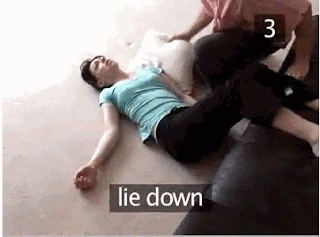To protect from Symptoms and Dangers of Heat Stroke, workers in hot environments should drink a cup of water every 20 minutes, OASHA recommends. Avoid alcohol, heavy meals, and caffeinated drinks (which can contribute to dehydration). Workers who have been away from the hot environment five days or more require acclimatization, which starts off as 50% of the usual work load.
Symptoms and Dangers of Heat Stroke.1
Further advice comes from the US Centers for Disease Control and Prevention. Pace yourself (don’t get carried away by the challenge of the game); have a buddy system, to act if one of you gets confused; and use sun screen outdoors (nothing to do with heat injury, but prevents skin cancer). Salt tablets are generally not recommended in the US, where the typical diet is high in salt. To replace fluid lost by sweating, drinking a sports beverage that may have some salt may be useful, if you are not on a salt-restricted diet.
Symptoms and Dangers of Heat Stroke.2
Older people require special consideration. Older people are less likely to sweat, so encouraging them to drink high volumes may lead to fluid overload and heart failure, especially if there is decreased kidney efficiency that often occurs with age. Also, they probably haven’t lost salt (no sweat, no salt loss), so taking salty beverages would not be helpful. Since older people are less likely to sweat, sitting in front of a fan, expecting it to cool by evaporating sweat, won’t work. Older people need air conditioning in extreme heat conditions, it’s just that simple, unless they are very healthy and already acclimated to extreme heat.
Symptoms and Dangers of Heat Stroke.3In the desert: All ages are especially vulnerable to the low humidity and high temperature of the desert. Fans and wind will blow hot dry air, sucking water out of the body. Desert conditions require other special measures.








